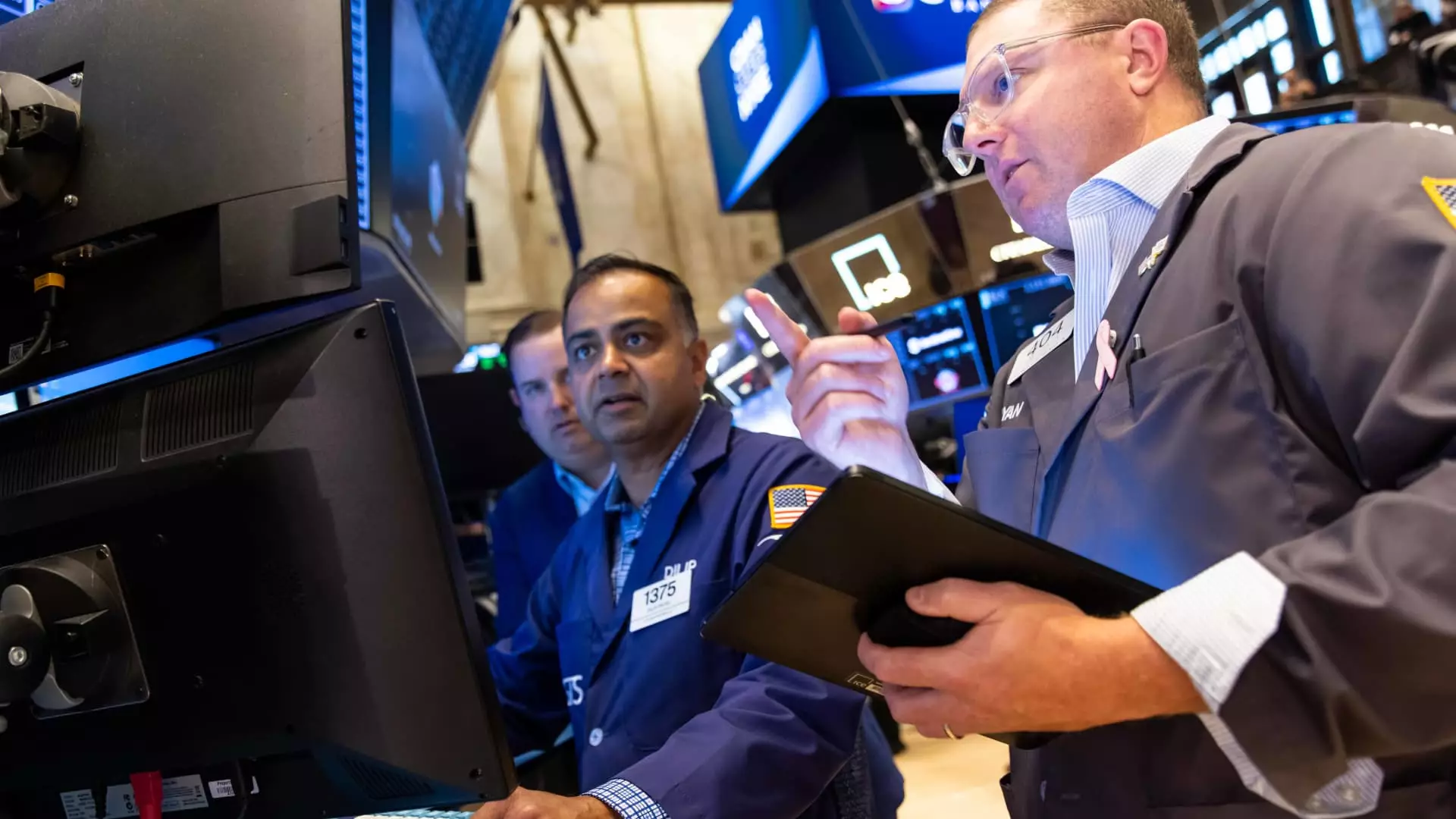The narrative of American market dominance continues to dominate investor psyche, yet a critical examination reveals it may be more illusion than reality. While the S&P 500’s modest 7% rise in 2025 might seem reassuring, beneath this surface lies a fragile foundation. The unyielding push for progress has concentrated valuation and profit margins within a handful of mega-cap tech firms—hardly sustainable drivers for long-term growth. The fervor often blinding, it glosses over the fact that this explosion of market value is driven by speculation and hype rather than genuine economic expansion.
Meanwhile, international markets, especially developed and emerging economies, are showing far more resilience and potential. Countries like Japan and India, long considered laggards, are now emerging from underperformance, catching up to their more celebrated counterparts. Investors ignoring this shift do so at their own peril, tethered to an overinflated belief in American exceptionalism. As the dollar depreciates, driven by changing global trade dynamics and monetary policy adjustments, opportunities arise for those willing to look beyond the U.S. bubble that risks becoming unstable if overextended.
The reality is that the U.S., despite its technological innovation, faces mounting challenges—trade tensions, inflationary pressures, and political polarization—that could serve as stumbling blocks rather than accelerants for future growth. Relying solely on the American market’s resilience is perilous. A measured, international perspective might be the more prudent approach—one that recognizes the shifting geopolitical landscape and the underappreciated strength of markets elsewhere.
The False Promise of Tech-Driven Euphoria and AI’s Uncertain Future
Artificial intelligence, the darling of modern markets, continues to evoke both excitement and skepticism. Financial forecasts often sing praise of its transformative potential, but beneath that shine lies a complex, uncertain terrain. The so-called “Magnificent Seven,” a group of large Cap tech companies, have historically driven the AI narrative, but their earnings growth is softening—from over 27% to 14% in just the last quarter. This deceleration signals that market expectations might be wildly disconnected from fundamental realities.
It’s easy to fall into the trap of believing that AI will endlessly fuel market growth with no setbacks, but that is dangerously optimistic. The next phase of AI adoption is not guaranteed to benefit just the tech giants. Wisdom suggests that smaller, but equally innovative, sectors such as utilities and industrials could reap significant productivity gains by embracing artificial intelligence—if they are allowed to. Yet, the current hype risks marginalizing these beneficiaries, creating a narrow, if not myopic, view of the technology’s actual impact.
Furthermore, over-reliance on a handful of market leaders creates a dangerous concentration of risk. If these companies falter, the repercussions could ripple across markets, undermining broader investor confidence. It’s critical to recognize that the AI story is not a straight shot upward—it’s a nuanced evolution fraught with hurdles, including regulatory concerns, ethical debates, and technological limitations.
The optimism that permeates many investment strategies around AI must be tempered with realism. The broader market’s vitality depends on how well these technological advances are integrated into everyday industries—not just how spectacular the headlines are or how quickly the stock prices climb. A diversified approach that invests in the next wave of AI beneficiaries, including those in traditional sectors, might provide more stability amidst inevitable volatility.
The Global Rebalancing and the Challenge to American Market Primacy
The current economic landscape is fundamentally shifting, challenging the notion that the U.S. will maintain its privileged position indefinitely. While policymakers and investors often cling to historical paradigms of American economic leadership, the evidence suggests that a normalization process is underway—one that might be uncomfortable but essential.
International equities are showing surprising strength, buoyed by the undervaluation relative to their U.S. counterparts and the gradual depreciation of the dollar. Developed markets, particularly Japan and Western Europe, are poised to close the gap—if investors can accept higher volatility and geopolitical risks. Similarly, emerging markets such as India are demonstrating explosive growth potential, fueled by demographic dividends and structural reforms.
Yet, this rebalancing invites skepticism. Are these markets truly resilient, or are they just temporarily buoyant, riding the coattails of a depreciating dollar and a perceived slowing of U.S. dominance? Skeptics warn that these gains could be transitory if global political tensions and economic fragilities resurface. Nevertheless, dismissing international markets based solely on their past underperformance is shortsighted. A more nuanced view acknowledges that the era of unchallenged American supremacy is over; a competitive, multipolar global economy is emerging.
This shift also questions the effectiveness of U.S. fiscal and monetary policy. The Federal Reserve’s recent moves toward rate hikes to curb inflation may dampen domestic growth, pushing capital abroad and exposing the fragility of the American economic model amid rising geopolitical risks. For reinvestment strategies, this means a pivot from U.S.-centric assets to diversified international exposure, where the real potential for sustained returns resides.
The coming months will determine whether these international markets are truly breaking free from their historical underachievement or merely experiencing a temporary reprieve. Investors should scrutinize the underlying fundamentals and consider whether their portfolios are adequately positioned for a potentially tumultuous but rewarding rebalancing of global economic power.


Leave a Reply